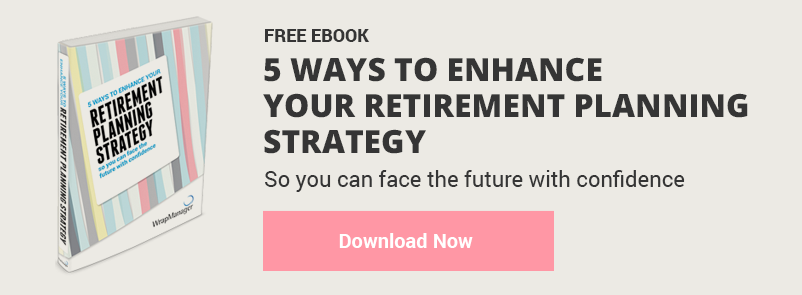 There’s been a growing debate surrounding the rise in popularity of “passive investing” as an alternative to active management. Passive investing often refers to the use of ETFs or indexing strategies to mimic a certain benchmark – in short, it essentially allows the investor to simply ‘set and forget’ their investment strategy.
There’s been a growing debate surrounding the rise in popularity of “passive investing” as an alternative to active management. Passive investing often refers to the use of ETFs or indexing strategies to mimic a certain benchmark – in short, it essentially allows the investor to simply ‘set and forget’ their investment strategy.
Here, we’ll take a look at potential flaws with the passive approach – flaws that many investors may not be considering. But first, it is worthwhile to examine why some investors are reconsidering the value of active management.
2 Reasons Some Investors are Opting for a Passive Approach
The first reason is one that is often cited as a reason for changing investment strategy: performance. According to a recent Bloomberg article written by Barry Ritholz, he suggests that many investors get frustrated that their active managers simply construct a portfolio that mimics an index fund, but they still charge higher fees. He refers to these managers as “closet indexers.” He sums it up this way: “paying a premium for active management is one thing, but paying a premium for what is essentially an index fund is unacceptable.”1
The second reason is that many investors have a desire to self-manage, and a passive approach can be a low cost option to do so. ETFs provide broad exposure to a category of stocks or an index, so investors can diversify easily and can worry less about having to trade over short periods of time.
But both of these reasons for passive investing may be flawed, however.
Staying Active
First, performance. Mr. Ritholz makes a sound point against “closet indexers,” and investors should indeed be wary of those types of active managers. But the alternative of opting for a purely passive approach encounters the same dilemma – it cannot necessarily produce alpha in any meaningful way (since it is typically designed to mimic an index or benchmark), and that runs counter to what investors generally want: alpha. As Barry Ritholz put it, "the real problem with any given performance period is whether the methodology actually can generate alpha [market-beating returns] and is repeatable.”1 Investors may have a difficult time generating alpha with a passive approach.
The second flaw with the passive approach has to do with the desire to self-manage. Under a passive approach, investors are responsible for policing their own behavior. Mr. Ritholz accurately highlights investor’s “tendency to chase whatever is hot at the moment or get scared out of markets amid volatility, flawed narratives and pundits predicting doom.”1 In other words, emotions often get in the way of sound investment decisions. A passive approach only works if the investor sticks to the strategy over the long-term, and many investors underestimate how often emotions can get in the way.
Getting the Most Out of Active Management
When considering active vs. passive management, successful active management can provide investors value on both fronts: generating alpha over time and keeping emotional decisions in check. At WrapManager, we seek out managers who have disciplined, “repeatable” processes, and we talk to our clients on a regular basis to make sure that volatility, “flawed narratives, and pundits predicting doom” don’t get in the way of sound, long-term decision making.
We also provide our clients with a service that they often cannot receive via a passive investment approach: building an investment plan designed to help you reach your retirement objectives. You can work with one of our Wealth Managers to build an investment plan today. Call us at 1-800-541-7774 or start a conversation over email at wealth@wrapmanager.com.
----
1. Bloomberg





